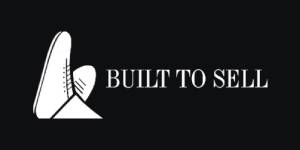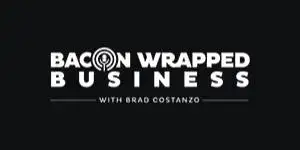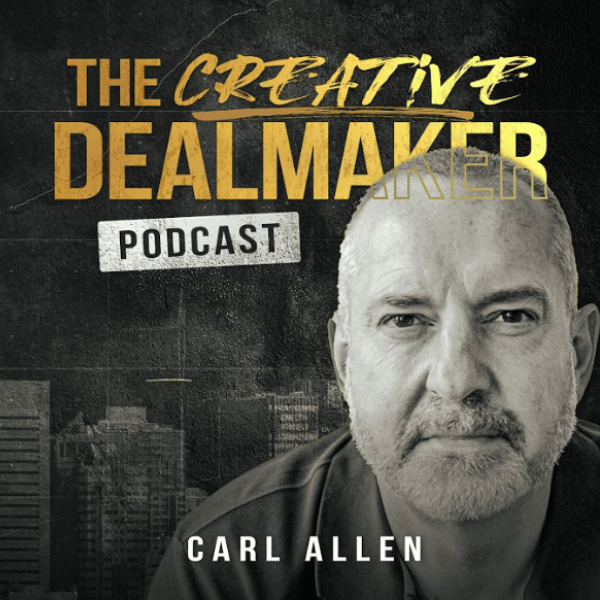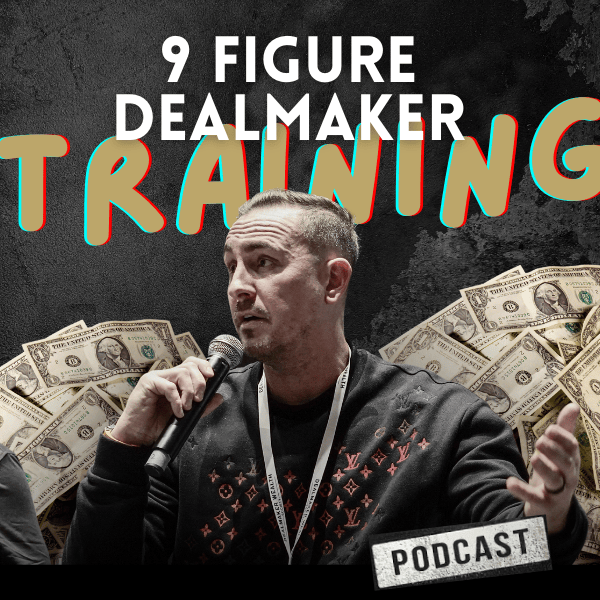State of the Dealmaking Nation: Part 2
State of the Dealmaking Nation: Part 2

In State of the Dealmaking Nation: Part 1, I walked you through the impacts I’m seeing in the overall business buying market as a result of COVID-19.
Today, I want to get into the state of the financing landscape.
In general, asset-based financing is taking longer to secure as traditional lenders are also heavily involved in COVID-19 support loans for the Paycheck Protection Program (PPP) in the U.S. and the Coronavirus Business Interruption Loan Scheme (CBILS) in the U.K.
These loan programs are secured by their respective governments. Banks are sometimes hesitant to lend outside of them given the general economic uncertainty and greater risk profile.
That said, though financiers are taking a more risk-averse approach to valuations and asset-based loans, Adam and I closed on a U.K. deal just two days ago that leveraged a traditional cash flow loan, not CBILS.
The fact of the matter is, banks and lenders don’t make money if they don’t lend. Lenders are there — and will always be there — for the RIGHT deals, regardless of the economic backdrop.
As for valuations, though banks historically have been comfortable lending at 2.5X–3.5X EBITDA, that range has shrunk on either end by 50 basis points (2X–3X) because EBITDAs are less reliable in the COVID-economy.
However, as we discussed in part one, it’s still possible to maintain the target valuation using more seller financing and earn-outs, which takes the pressure off valuation multiples for lenders in closing payments.
In our recent U.K. deal for example, our valuation was very sensible — less than 1.5X EBITDA.
For asset-based financing, some banks might be tightening the loan-to-asset ratio they’re willing to support depending on an individual business’s situation.
For example, whereas before you may have been able to secure an 80% loan-to-asset ratio on accounts receivable, today that amount might be 60% or lower.
My observation is that this is more a reflection of customers needing to extend credit terms than it is due to bank tightening. AR financing only works for invoices sub-90 days on the ledger, so a drop from 80% to 60% reflects that extended time needed to pay.
Despite these seeming hurdles, most deals can still be done — though it may take a bit longer — with rigorous due diligence, creative deal structuring, and legally binding risk allocation measures.
Traditional asset-based lenders and angel investors continue to have liquidity and a strong appetite for leveraged buyout (LBO) deals.
For the right deal and right buyer, the old financing rules still apply. That rule hasn’t changed during my 28 years in this game and probably never will.
But if your deal is borderline, expect stronger criteria and requests for PERSONAL guarantees and credit scores i.e., where YOU would be borrowing the money, not the business.
This is particularly true when leveraging the U.S. SBA 7(a) loan program.
U.S. Government Financing
According to the most recently reported data from the U.S. Small Business Administration (SBA), the PPP had approved 5.2 million loans totaling $525 billion dollars of support to existing businesses through early August.
Unfortunately, this slowed the more traditional financing machine for business acquisitions during the spring and summer as both capital and resources were redirected to the PPP.
But now the SBA is back approving loans for small business acquisition deals.
Year to date, the total underwritten amount has already surpassed the $28 billion across 63K deals in 2019. Compared with the 49K deals financed by the SBA loan program so far this year, this indicates the average loan value has increased by 30% from roughly $444K to $571K.
Not to mention, those 63K SBA deals in 2019 represented nearly one-third of all financed small business acquisitions. Given the data thus far on 2020, you can extrapolate that SBA-backed deals are now accounting for 38% of all small business acquisitions — i.e., they’re on the rise.
As long as your due diligence looks good overall and you’re prepared to put at least 5%–10% down in cash (an SBA-backed loan requirement), there’s definitely money to be had.
U.K. Government Financing
The U.K. has never had a true equivalent to the U.S. SBA 7(a) loan program. But there has always been a leading source of cash flow lending to complement other sources of financing (asset-based lending, equity, etc.).
CBILS was initially launched in March 2020 for a 6-month period, then extended to January 31, 2021, given the ongoing pandemic. It’s earmarked to provide up to £5 million in financing per business application. The government will pay interest and fees for 12-months, and has relaxed its view on personal guarantees and security.
Though CBILS is being used primarily to prop up existing businesses, I have also seen it used for acquisitions.
According to the U.K.’s HM Treasury, through mid-October more than 73K loans valuing £17.2 billion had been approved under CBILS. Of those, approximately 5% —or £700M — was issued to help purchase an existing business.
Summary
So what do the trends I’ve discussed over the course of this two-part series mean for dealmakers TODAY?
- Business performance is DOWN 21% on average. Make sure you pursue deals in sectors that are performing well, or find a business you KNOW you can pivot and restore.
- Deal volumes are DOWN 22% year over year. That reflects buyers waiting to pull the trigger since more businesses are coming to market. Be bold but mindful.
- Financing is UP between traditional asset-based lending, the SBA, and CBILS — the acquisition financing stream has NOT dried up in any way. In fact, it’s INCREASING as a percentage of deals closed, primarily due to a relaxing of restrictions on securities, guarantees, availability and, in some cases, the delaying of payments and fees.
There are more sellers and more financing. You will have multiple options to finance a closing payment…
All you need to do is FIND the right deals for YOU.
Remember my four primary methods of originating deals:
- Directly approach business owners
- Leverage business brokers
- Use social media
- Build a network of wealth managers, financiers, CPAs and lawyers
And don’t forget that EVERY deal you touch MUST tick all three boxes of the perfect deal triad…
- The business is in your LANE. You know the sector, are passionate about it and can add value to the business (either directly or via your network) post-closing.
- There’s a highly motivated or distressed seller of a GOOD business. If COVID-19 has impacted the business, make sure you know how to restore it.
- The business has a financial DNA that lends itself to an LBO deal. For an SBA 7(a) and CBILS loan, you need a business with cash flow. For asset-based lenders, you need a balance sheet packed with AR, real estate, inventory, equipment, etc.
Bottom line: it’s NEVER a bad time to buy a GOOD business.
But with the best business buying climate in 50 years, there’s no time like NOW!
All you need is a one-stop-shop training system like Dealmaker CEO for getting this done, all the way from a blank piece of paper to owning the business and growing it.
Carpe diem — seize the day (and the deal!)
There are MILLIONS of them out there… and TONS of financing.
You have no excuses left!
Until next time, bye for now.
















